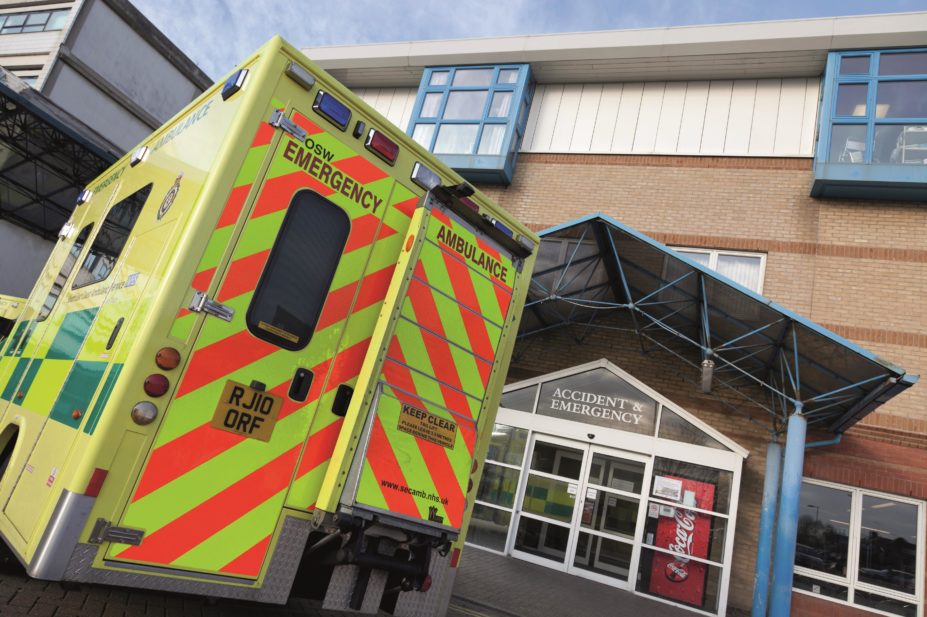
Peter D Noyce / Alamy
Organisers of a national pilot of pharmacists working in A&E departments across England have doubled the size of the scheme following higher than expected interest from NHS trusts.
Health Education England (HEE) planned to roll out the five-week pilot, set to begin in March 2015, to between 12 and 36 A&E units.
But after asking Local Education and Training Boards (LETBs) to seek interest from their local NHS trusts, HEE has decided to fund 65 trusts to take part in the pilot, nearly double the number originally expected to take part.
The English Pharmacy Board of the Royal Pharmaceutical Society made incorporating pharmacists into A&E part of its urgent and emergency care campaign for 2014–2015.
Chair David Branford welcomed the expansion of the pilot. “This is fantastic news. It demonstrates the value of clinical pharmacy in this arena. Last week, I had the opportunity of seeing first hand the work of the pharmacists in the A&E department at St Thomas’s Hospital, London, and everyone was praising their work. This will soon be the norm for all A&E departments.”
Matt Aiello, special projects manager for transformation at Health Education West Midlands, says: “HEE has received a large amount of interest from trusts across England. It has decided to fund backfill costs for a total of 65 trusts across the 13 LETB geographies.
“HEE are currently working with LETBs on the implementation of the project.”
Pharmacists will be nominated by participating trusts to take part in the pilot, which follows an initial trial of the scheme in the West Midlands.
The national emergency department pharmacy pilot initiative is part of NHS England’s urgent and emergency care review. The pilot will explore the potential of clinical pharmacists working as part of a multidisciplinary approach to improving emergency care. It follows
significant pressures on A&E departments
this winter.
You may also be interested in
Long service of members

Membership fees 2022
